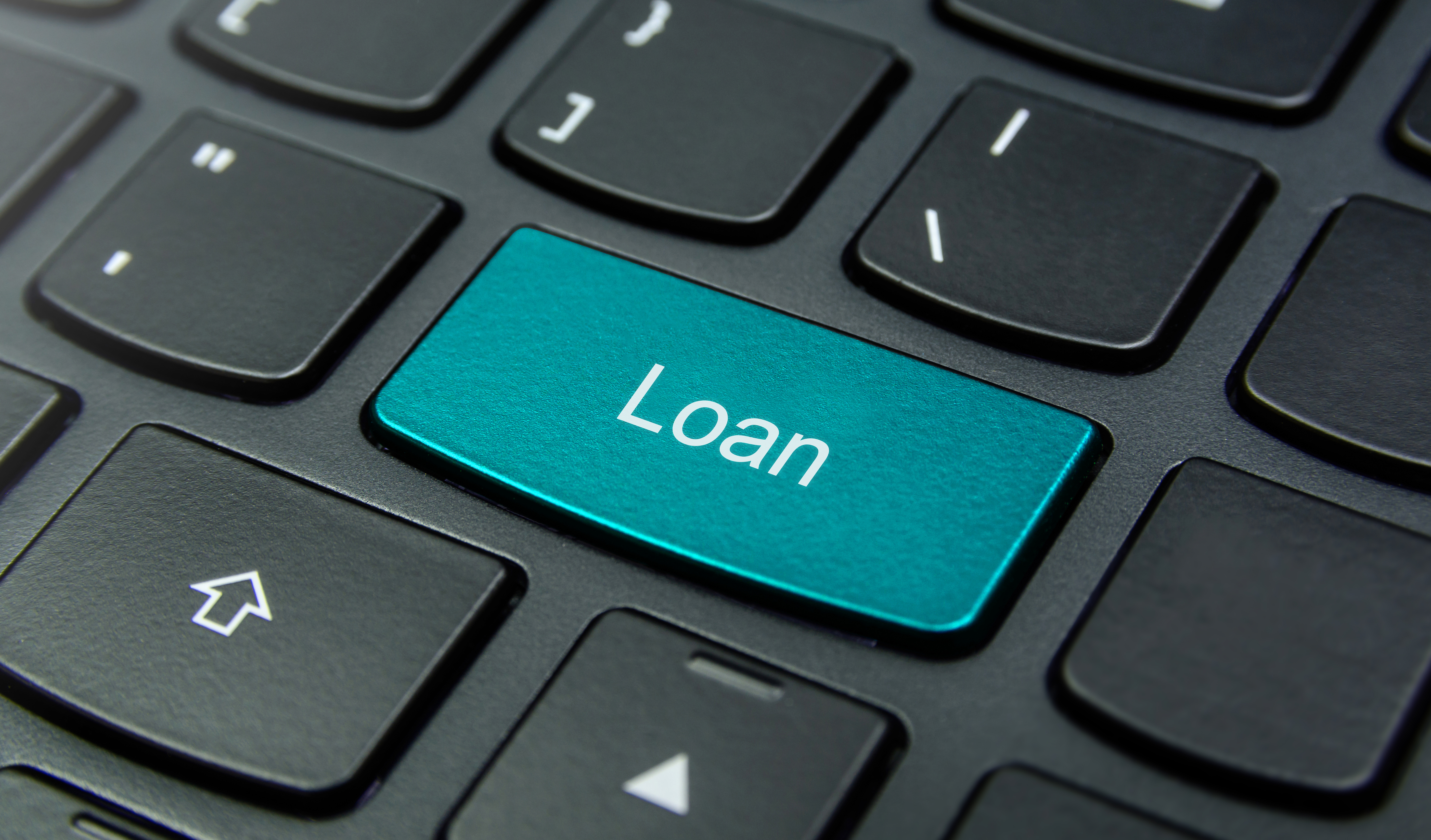If you are planning on taking a loan or – just like a quarter of the global population – have a credit card, perhaps you’ve already heard the term APR. But what does APR mean?
Simply put, APR or Annual Percentage Rate is an essential figure to consider in order to make smarter financial decisions. So let’s explore what it means, how to calculate APR, and the difference between APR, APY, interest rates, and more. Keep on reading!
APR | Meaning and Factors to Consider
So what is APR? APR stands for Annual Percentage Rate, which is often expressed as an interest rate charged to borrowers. That said, although the terms APR and interest are often used interchangeably, they are not the same.
An interest rate is a percentage charged on top of a loan, while an APR covers the broader costs a borrower pays over a loan. Such costs may include fees and additional charges.
How Does APR Work?
While calculating credit fees might be perplexing, APR is a major factor to consider when borrowing money. The good news is that if you pay on time and in full, you usually don’t get charged extra.
Here we should note that your APR does not take compounding into account. Therefore, one should also familiarize themselves with the term APY. APY stands for annual percentage yield or effective annual rate. Unlike APR, APY includes all small fluctuations in expenses due to compounding.
How to Calculate APR?
Wondering how to calculate your APR? Well, nowadays, card issuers and lending companies must openly indicate APRs, how they calculate them and the final amount the borrower needs to pay. Note that if an APR is presented annually, to find your monthly APR, just divide it by 12. To calculate APR, one can follow the formula below:
Here we should mention, however, that depending on the loan, costs and requirements can vary and lead to different ARPs. For example, an APR for a loan can include interest rates and origination fees, while an APR for an auto loan can consider factors like down payments and the age of the car. APRs can also be calculated daily or monthly.
What Are the Different Types of APRs?
Though we won’t go into technicalities, you should understand the different types of APRs to choose a credit card or loan that’s best for you. Note that a credit card’s APR might be higher than the APR for a home loan.
Fixed and Variable APR
The two main types of APRs are fixed and variable. A fixed APR is an APR that doesn’t change over the life of a loan, as per terms and conditions. A variable APR, on the other hand, can be tied to an index interest rate and may increase with that index over time.
Different Types of APRs
APRs can be also divided into different categories. For example, experts talk about purchase APRs, which is applied to purchases made with a credit card. Also, there is a cash advance APR, which applies when one decides to borrow cash from their credit card or, depending on the circumstances, exchange foreign currency. Two even more popular types of APRs are penalty and introductory APRs. A penalty APR is applied if a borrower violates the terms of their agreement or misses a payment. Introductory or promotional APR is a limited-time APR which comes with lower or even zero interest over a certain period of time.
Where Can You Find Your Account’s APR?
Given its importance, you might be wondering how to find your APR. We’ve got you covered. One of the easiest ways is on your monthly credit statement.
To reduce the APR you have and avoid paying high fees, we’ve got some extra tips:
- Always pay on time
- Avoid exceeding your credit limit
- Monitor your finances closely
Conclusion
In the end, managing your finances is a complex process, and you need to be familiar with all factors that affect your credit – with APR being an important metric to consider.
The good news is that Tarya Fintech provides various digital solutions to help customers and businesses create beneficial lending relationships and achieve their financial goals with full transparency and trust.



